Archaeologists are to study 5,000-year-old human skeletons uncovered on the site of a former Fife butcher’s shop.
Three Early Bronze Age graves were found in June 1980, when a bulldozer driver demolishing the former site of Stahly’s butcher just off Kirkcaldy High Street spotted a skull protruding from the sand.
The remains of three graves were later found to date back to around 3,000 BC.
Expert post-excavation analysis and research on the bones will take place some 42 years on as part of a £142,040 raft of funding awards to 11 heritage projects across Scotland from the Historic Environment Support Fund.
And Historic Environment Scotland (HES), which administers the fund, said findings from the analysis and research “will be published and archived and a pop-up exhibition at Kirkcaldy Galleries will be launched to engage young people with archaeology”.
Kirkcaldy Beaker People
The human remains are thought to have belonged to so-called Beaker People, named after the decorative beakers and pots found in their graves.
Fragments of pottery and flint objects were found next to the bones, which were placed in the grave in a crouching position.
One of the cists – described at the time as a “dagger grave” – was set in sand and almost completely destroyed, while the other two burials were partly preserved and found to contain human remains, both showing traces of burning.
One of the skeletons was laid to rest with a food bowl, a flint arrowhead and flint knife.
The finds were sent at the time to the University of Glasgow for preservation, but will now be examined in detail thanks to a £7,472 award.

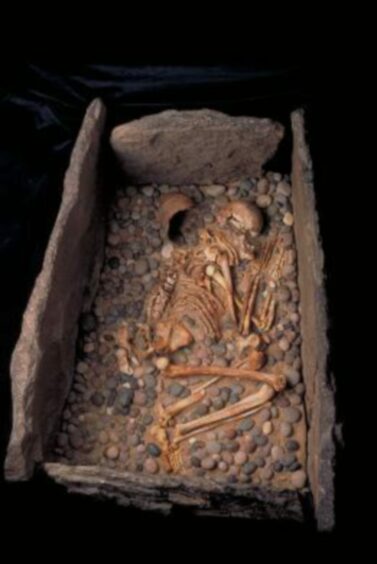
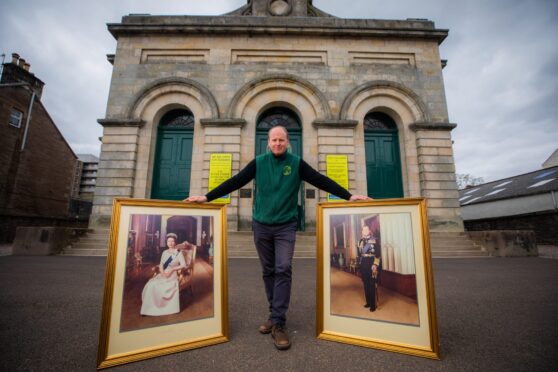
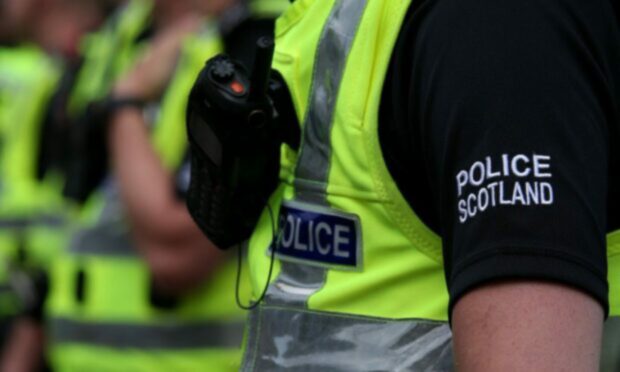
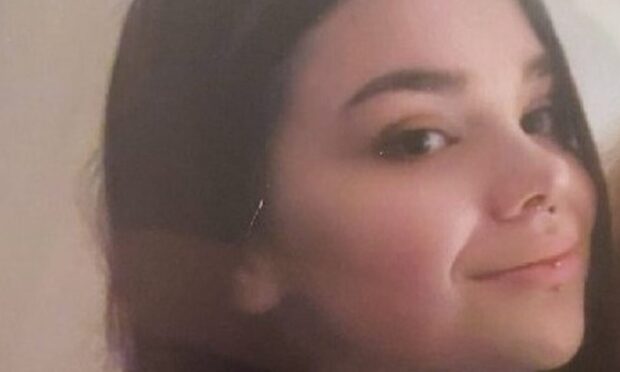

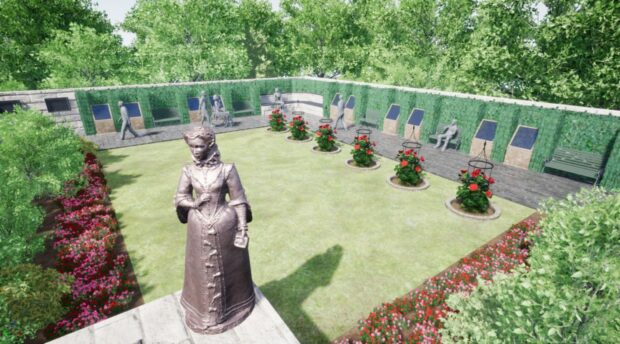
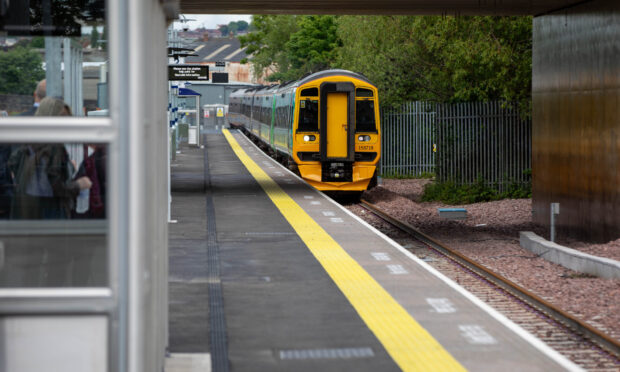
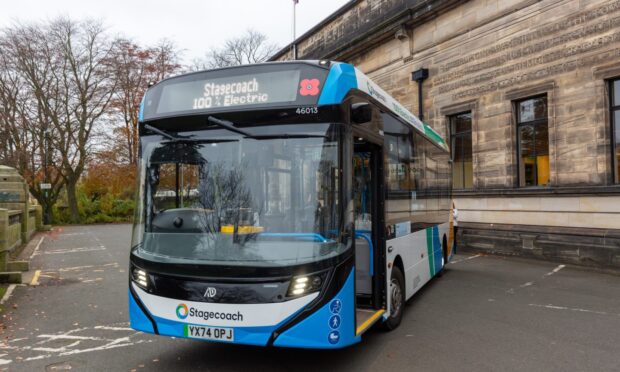
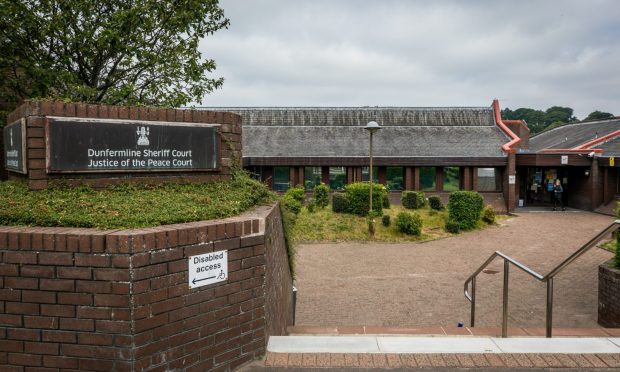
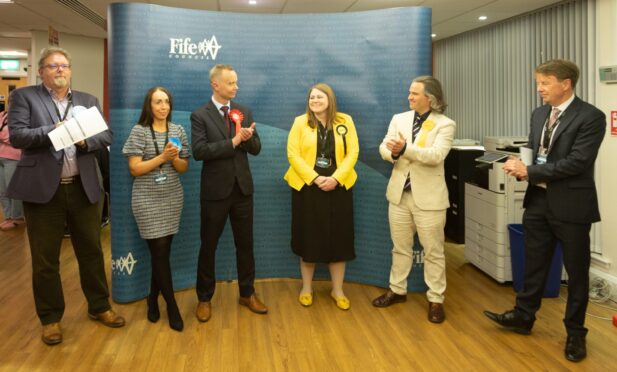
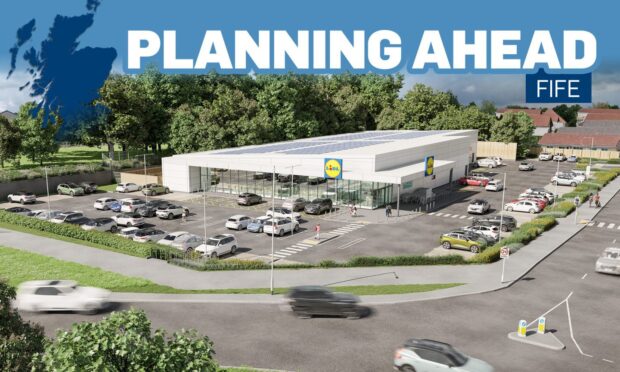
Conversation